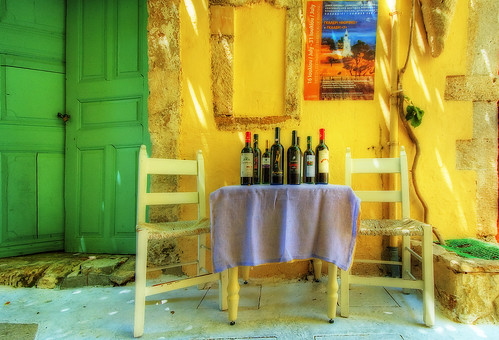What is the actual distance of "a cables length" from the shore?
The simple answer to
this question can be taken right out of the dictionary:
Cable’s length:
Noun
a nautical unit of
length equivalent to 720 feet (219 meters) in the U.S. Navy and 608 feet (185
meters) in the British Navy. (cable's length)
But to really
understand the meaning of this word lets go back to its context:
“The full penalty was that of having the ….and buried in the
sand of the sea at low-water mark or a cables length from the shore, where the
tide regularly ebbs and flows twice in twenty-four hours.”
To some of us young
masons the full penalty does not make complete sense because we do not comprehend
the full meaning of what is being referred to in the full penalty of the
Entered Apprentice degree. I was fascinated when I came to know what it meant as
I’m sure you will too.
For the sake of brevity
I will limit myself to the importance of a cables length from the shore and its
significance. The craft owes some of its practices to the society, customs and
traditions of the British. Its navy was a key factor in the supremacy of the British
Empire. (Rodger) Therefore it is quite
plausible that our craft has some references that allude to a naval
tradition.
To make a cable you
first need a rope. Ropes are built up in three steps. First, fibers are
gathered and spun into yarns. A number of these yarns are then
formed into strands by twisting. The strands are then twisted together to lay
the rope. Logically, we must wonder why such twisted strands don’t just unravel
when the tension is released. The twist of the yarn is opposite to that of the
strand, and that in turn is opposite to that of the rope. It is this
counter-twist, introduced with each successive operation, which holds the final
rope together as a stable, unified object. (Olsen) A larger rope formed
by counter-twisting three or more multi-strand ropes together makes a cable. (Nares)
Those brethren in the
Chapter will have added insight into the significance of the description that I
have just made, but suffice to say even the Entered Apprentice will appreciate
the symbolism alluding to the strength in unity of the cable compared to its constituents.
Now we know that a
cables length is approximately 600 ft from shore from its definition so let us
examine the significance of burial at this distance. The penalty for treason in
the British navy was death as can be expected but after executing the person by
hanging they needed to bury the body at sea. The distance of a cables length from
the shore was where the garbage from both the land and the sea would collect
and rot. Therefore to make sure that a person such as one who was convicted on
treason – he who brought dishonor to his country in life should be treated with
the same after death. This was the reason this particular distance was chosen
as his last resting place so he may have no honorable burial.
It is therefore very apt
that such be also the penalty for a man who would go back on his obligation as
a Freemason.
Works Cited
cable's length. n.d. 26 Feb 2012. <http://dictionary.reference.com/browse/cable's length>.
Nares, George S. Seamanship (3rd ed.). London:
James Griffin, 1865.
Olsen, J. Bohr and K. The ancient art of laying
rope. 2011. Feb 2012.
Rodger, N. A. M. The command of the ocean: a naval
history of Britain, 1649-1815, Volume 2. n.d.




